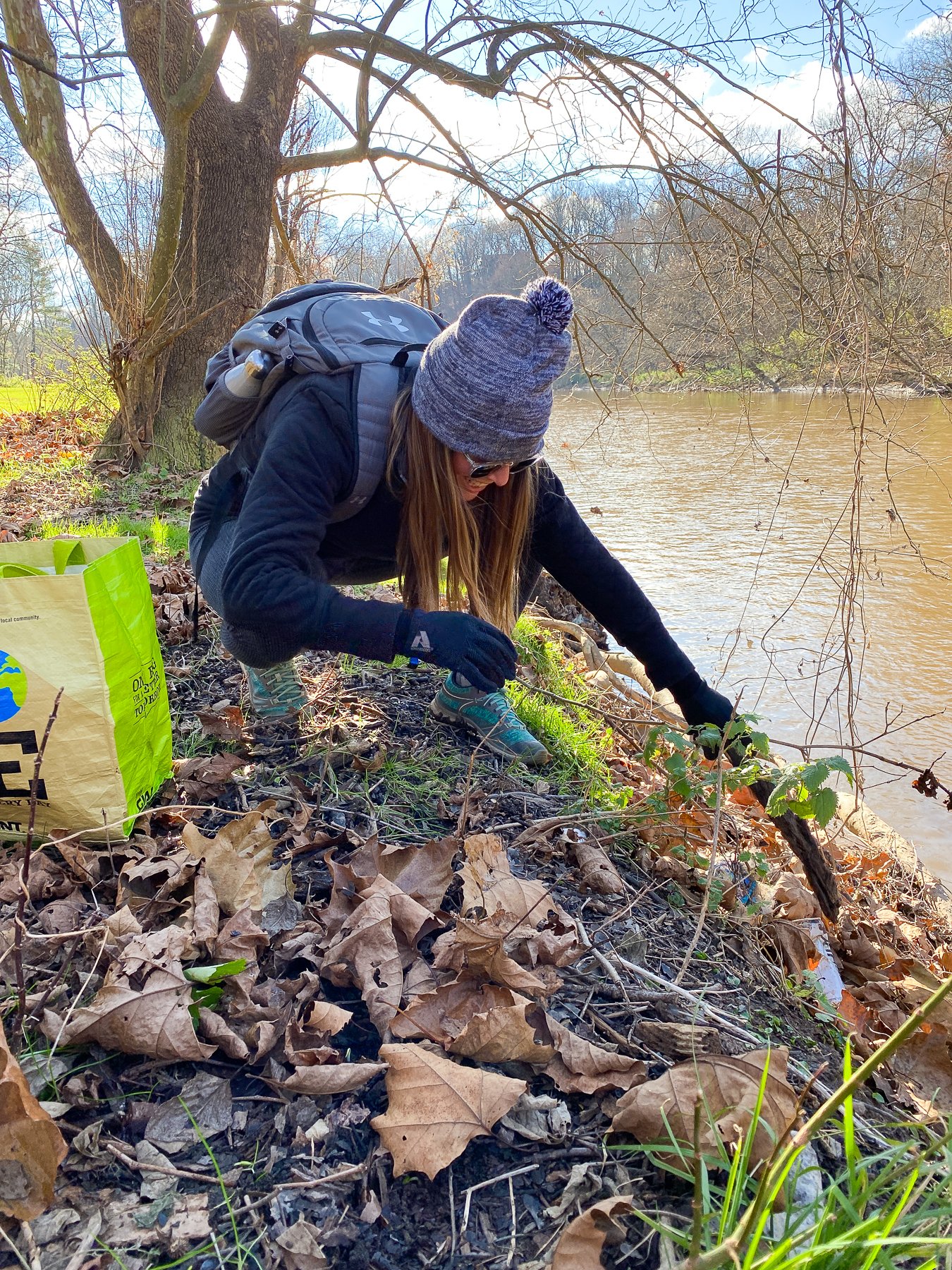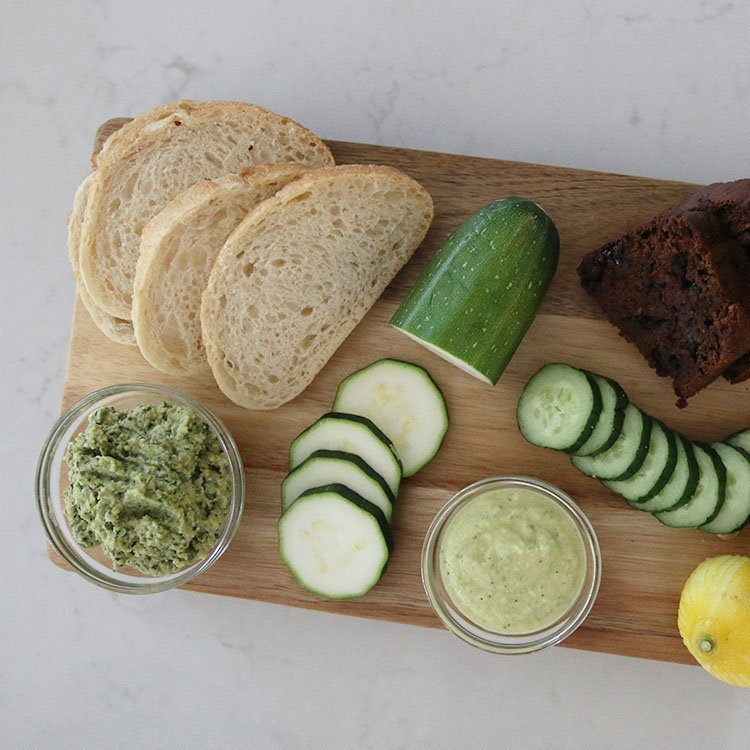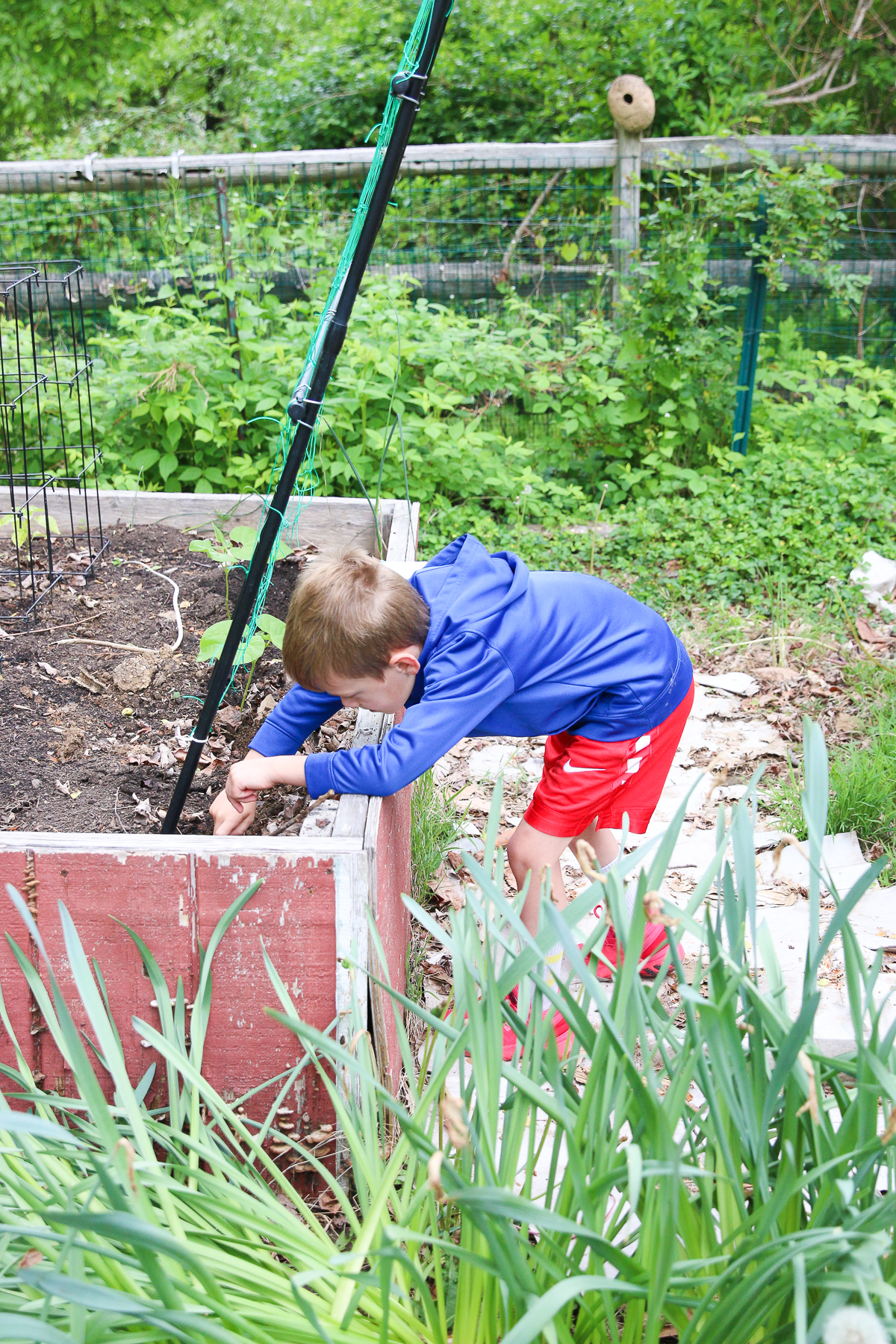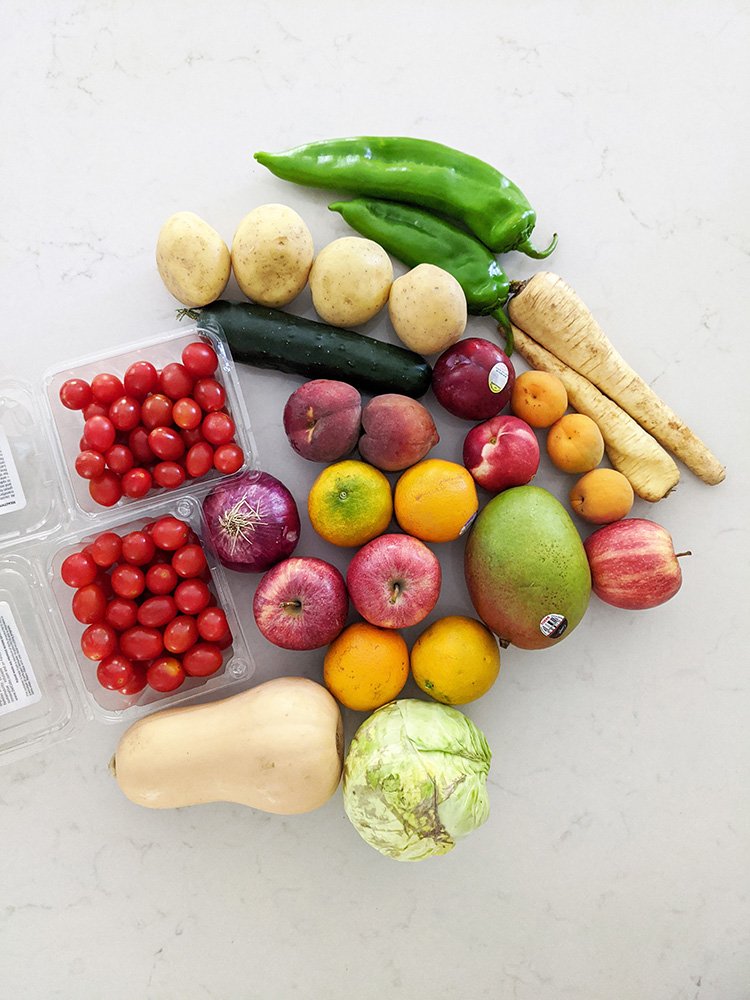5 Home Ownership Decisions We Made To Save Water & Energy
Wondering what sustainable changes you can add to your home to make it more water and energy efficient? Consider these eco-friendly home ownership tips that help reduce the energy and water use of your home in small and large ways.
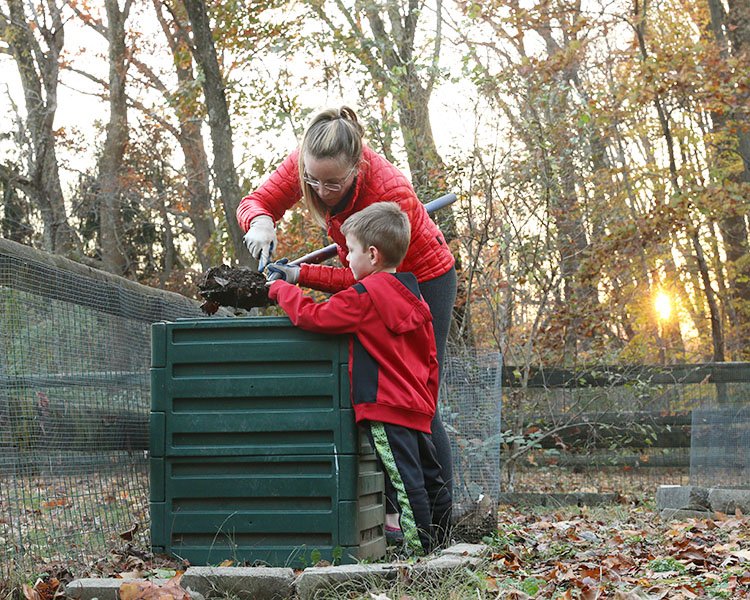
Two and half years ago, we moved into our current (and first) home. Serial renters before this move, we learned a lot about being homeowners during the first few months of ownership.
Some things, like seemingly never-ending maintenance, aren’t our favorite. It’s nice though to be able to customize the house to meet our needs and preferences without feeling like we’re dumping money into someone else’s investment.
We did a significant five-month renovation on the home prior to moving in. Many of the renovations changed the functionality of the house to better suit our family. After moving in, we started to make smaller but meaningful changes that continued to make the house a perfect home for us and also helped us save water and energy.
We have big plans to make even more changes to the house in the future to customize it and make it an absolutely perfect house for our family. As we make those changes, I hope we can continue to incorporate modifications that make our house more sustainable and eco-friendly.
These are five home ownership decisions we made within the first year of moving in that help us save water and reduce energy use while also making it fit our needs even better.
5 Home Ownership Decisions We Made To Save Water & Energy
Right-Sized House
This was a big and very intentional decision we made before moving in (of course). We did not want to buy a house filled with rooms and spaces we never used. We didn’t want to clean them, heat them, or furnish them.
As we looked at houses during the purchase process, we committed to a maximum number of square feet and didn’t consider houses that exceeded the limit. Our current house isn’t small nor is it particularly large; it’s a mid-sized house that’s just right for our family and has little space that isn’t used daily.
By limiting the size of the house we wanted to buy, we’ve saved ourselves a bunch of money not heating or cooling areas that don’t add value to our lives (not to mention the money saved not buying the square footage in the first place).
Tankless Water Heater
Traditional water heaters require energy to heat water while the water sits in the holding tank whether or not you use it. Tankless water heaters fire up on demand. Our previous water heater tank was small, so we quickly ran out of hot water if we all showered around the same, for example.
The tankless water heater saves us energy by only heating when we want to use it (and it also means I never have cold showers). There are many types of tankless water heaters. We received a recommendation from our plumber who installed it, though you can also check out a variety of brands and related reviews here.

Composting
The previous owners of our house left us the infrastructure for an outdoor composting bin in the garden. We never composted before, but I was pumped to try it out and have loved it ever since we moved in.
Last fall, I left a giant pile of leaves off to the side of our yard to add to the compost this year as we need it. I know this won’t work for everyone, depending on the size of your yard and nature of your neighborhood. Some people also store leaves in bags in a garage or shed or in an enclosed bin so they are more contained though still visible in the yard.
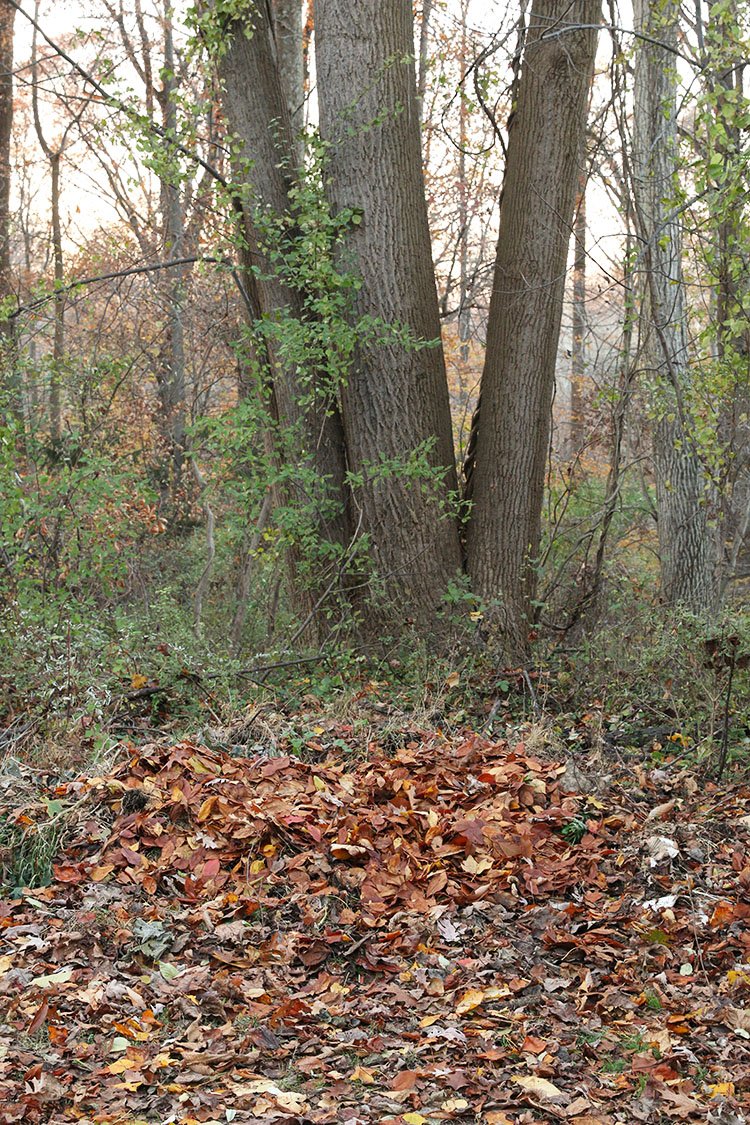
We bought a simple counter top compost crock for food scraps that we store in the kitchen. We also have a reusable bag that hangs next to our kitchen to collect cardboard and paper to add to the compost pile as needed. I also added a separate bin in my office so I can easily store recyclable paper until I’m ready to take it to the compost bin.
Sustainable Landscaping
I really enjoy working in our garden… as long as it doesn’t take up too much of my free time. In other words, I’m willing to commit time caring for our outdoor spaces, but I don’t want to feel beholden to them.
As we settle into our house, we have made changes to parts of the yard that make it easier to maintain. For example, we replaced certain areas previously covered by mulch with periwinkle ground cover plants.
The former owners included periwinkle in some places, and we’ve slowly been adding it in more areas. They require essentially zero maintenance, they cover the ground so weeds don’t grow, and they help absorb water in the soil.
I have replaced annual flowerings plants with fruit trees and bushes. The perennial fruit plants come back each year, require less maintenance and water than annual flowers, and will eventually bear fruit we can eat.
The raspberry bushes produce quite a bit of fruit each season, and the blackberry and strawberry plants gave off a taste of their deliciousness last season. I’m so excited to have a yard full of berry bushes and other fruit plants.
I have a few more plans this coming year for lilac bushes, more fruit bushes, and a few other changes that hopefully continue to help our yard take more care of itself throughout the seasons.
Lastly, we don’t water our grass. Perfectly manicured lawns are pretty bad for the environment for a variety of reasons, not the least of which is endless watering. If the grass doesn’t grow on its own in our climate, then we don’t really need it. Who decided perfectly manicured lawns were a good thing anyway?!

Cellular Shades for Our Windows
Did you know that shades are a great source of insulation? We chose cellular shades that let light through even while they are closed. I’ve always loved waking up to sun shining through the window (and hated blackout shades), so I don’t mind that the light comes through.
More importantly, the cellular shades help keep cold air out during the winter and heat out during the summer. On several occasions, I’ve considered opening the shades in my office during the day but left them closed because I could immediately feel the cold or heat coming through the windows as soon as I opened the shades.
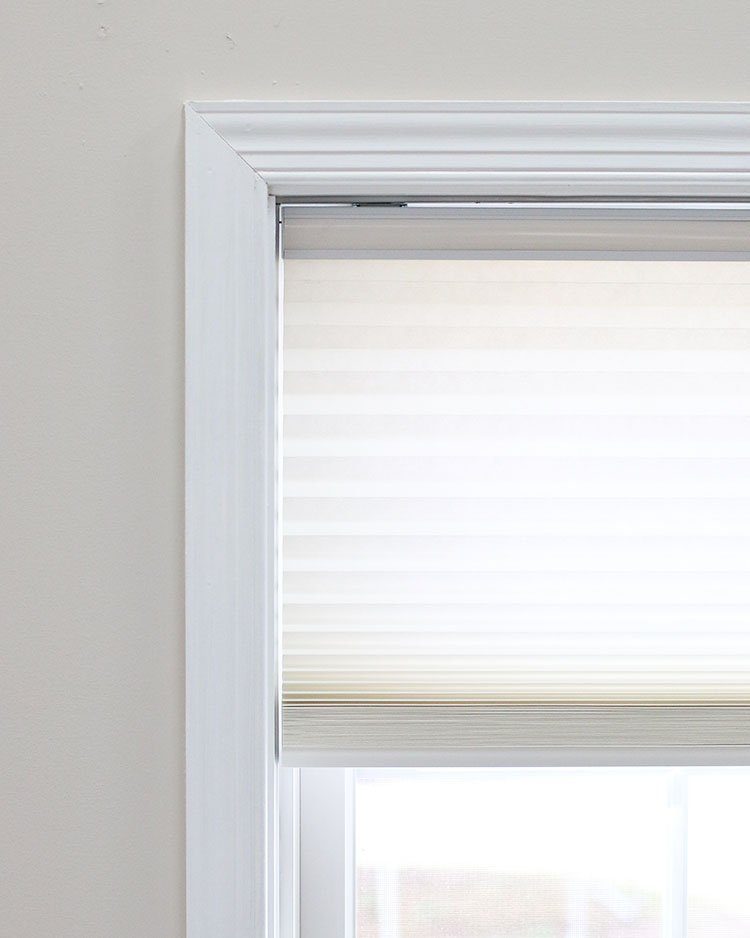
There are many modifications that help make homes more sustainable. Some require a large initial investment while others we can change slowly over time. In many cases, the sustainable alternatives reduce expenses and the work required to maintain the house (which is a win-win-win).
If you want to check out some additional changes you can make to your home to make it more energy efficient, be sure to check out the changes Reese from Compost and Cava made to her home to reduce her energy bill by $400 per month!
What eco-friendly home modifications have you made that helped save energy, water and money for your family?





